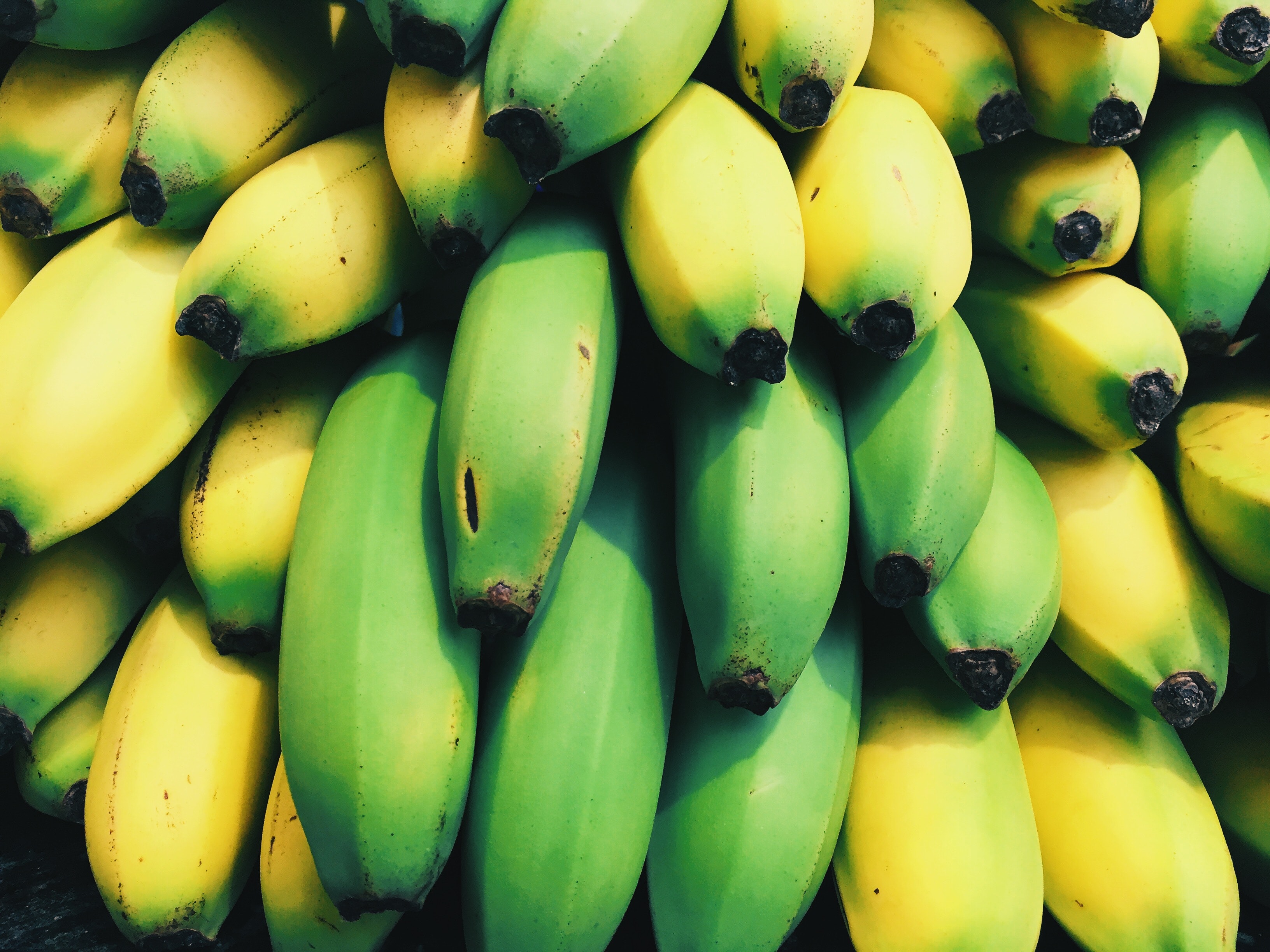6 Trends in Banana Ripening Technology
The process for banana ripening significantly influences quality and flavor. Read on to learn more about the latest trends in banana ripening technology.

Produce businesses often experience challenges in providing customers with a consistent supply of ripe bananas. This is where technology comes into play. Recent developments in technology have enabled more exact control over the ripening process, resulting in greater flexibility and an overall reduction in prices.
In this blog post, we’ll cover trends in banana ripening technology and go over how Silo can help you optimize your operations to take your business to the next level.
The importance of banana ripening
The process of ripening for bananas significantly influences quality and flavor, affecting the fruit’s appearance and taste. Proper ripening is crucial for commercial production, and it’s important to get it down to exact timing to ensure marketability and customer acceptability.
While unripe bananas are difficult to chew and lack flavor, overripe bananas end up overly-sweet with a mushy texture. Bananas are sensitive to both timing and external environments, which is why ripening in a controlled environment with the use of technology is beneficial, as it allows for the production of perfectly ripened fruit.
6 trends in banana ripening technology
Here are the latest trends in technology for the ripening of bananas.
1. Controlled ripening rooms
Controlled ripening rooms are becoming an increasingly popular technique to speed up or slow down the ripening process. Factors such as temperature, humidity, and gas composition of the air are controlled inside chambers built specifically for ripening.
These banana ripening rooms also allow for the regulation of air quality, ensuring bananas mature evenly and have a longer shelf life.
2. Ethylene control systems
The production of ethylene (a natural plant hormone) is one of the most important factors in the process of ripening.
Ethylene control systems have been increasingly used to maintain a consistent level of ethylene in the air around the fruit at all times. These technologies assist in controlling the rate of banana maturation to prevent them from being under or overripe by the time they’re delivered to customers.
3. Automated ripening systems
Automated ripening methods are quickly becoming the norm. These systems monitor the banana ripening process using sensors and other technologies to adjust ripening environments accordingly.
They can also be set to inform employees when the bananas are ready to be packaged and sent out for delivery.
4. Non-chemical ripening
Consumer wariness around the use of chemicals in the manufacturing of food has been on the rise. As a result, there’s been a significant trend of ripening without the use of chemicals.
One specific technology is "modified atmosphere packaging", which regulates the atmosphere in which bananas ripen via the use of natural gasses like carbon dioxide and nitrogen. This method cuts down on the amount of chemical ripening agents required for use while ensuring the fruit still develops as desired.
5. Innovative packaging
Another trend in banana ripening technology is the development of innovative packaging. New packaging materials and designs are not only cutting down on waste, but are also extending the shelf life of bananas.
For instance, some businesses are making use of breathable packaging, which enables more airflow for greater control over ripening.
6. Data analytics
The use of data analytics allows businesses to acquire insights and take steps on enhancing the ripening process and decreasing waste.
The collection and evaluation of data on elements like temperature, humidity, and ethylene levels may be utilized for improvement, ensuring that customers get their bananas at the peak of their freshness.
The future of banana ripening technology
Further advancements in technology are expected to bring about more complex and efficient systems for greater accuracy and adaptability. These ripening solutions will allow businesses to better regulate the ripening process and supply customers with high-quality bananas at reasonable prices.
One area where we can anticipate progress is in the use of artificial intelligence and machine learning. These technologies have seen significant development in recent years, and will likely be utilized to help with the discovery of trends and the monitoring of ripening data like temperature, humidity, and other parameters.
Another area we’ll likely see breakthroughs is in the use of alternate ripening gasses. Currently, ethylene is the most commonly used gas for the ripening of bananas, but alternative gasses like propylene can provide notable cost and efficiency benefits.
Silo keeps you ahead of the competition
Banana ripening technology is constantly progressing to alter the way in which bananas are ripened and delivered. Over time, it’ll become apparent that staying ahead of the competition means having to adopt new techniques, evolving processes, and tightening up efficiencies.
That’s where Silo comes in. Whether you are looking to expand your business or further build stability during volatile times, Silo’s technology and capital programs are custom built to support this industry.
Our innovative approach to underwriting is redefining what a financial partnership looks like in the perishable food supply chain, and leveling the playing field for SMBs looking to secure better partnerships to sustain their business growth.
With Silo, you can get a better handle on your cash flow gaps, and optimize the way you source, sell, and collect payments with intuitive tools built for business.
Book a demo with Silo to see for yourself how it can transform your business!
Want to book a demo with us?
Add your info and we’ll get one scheduled with you.